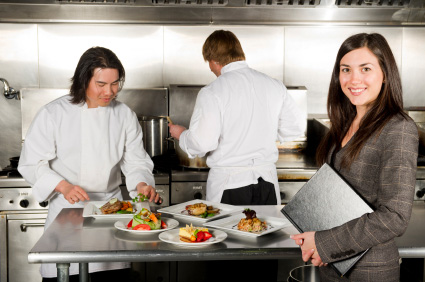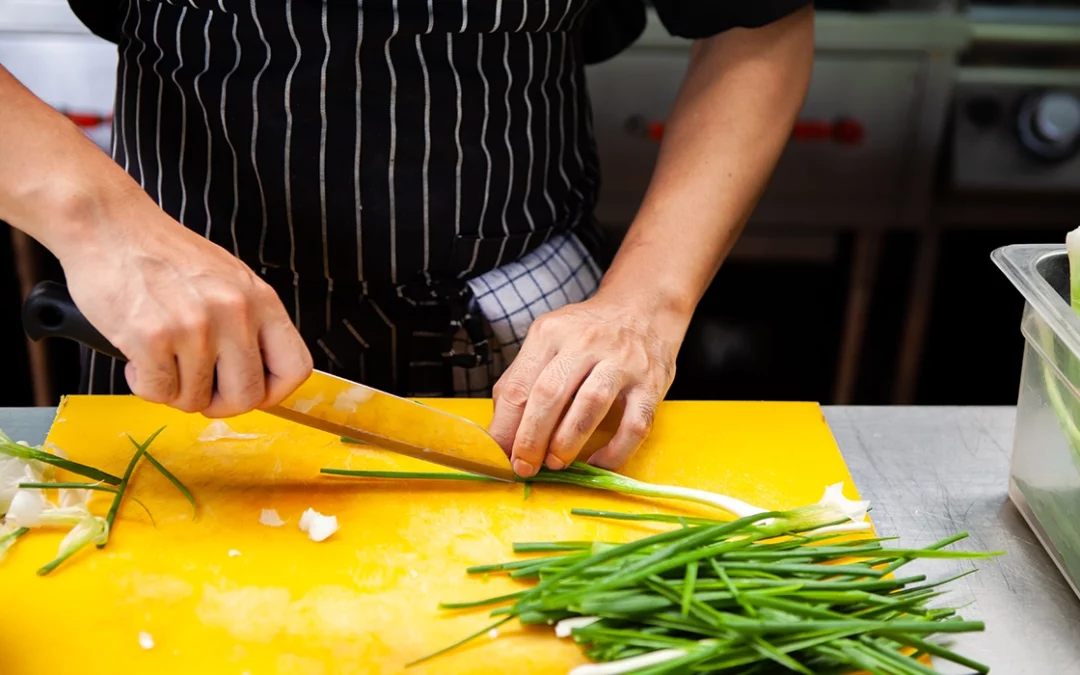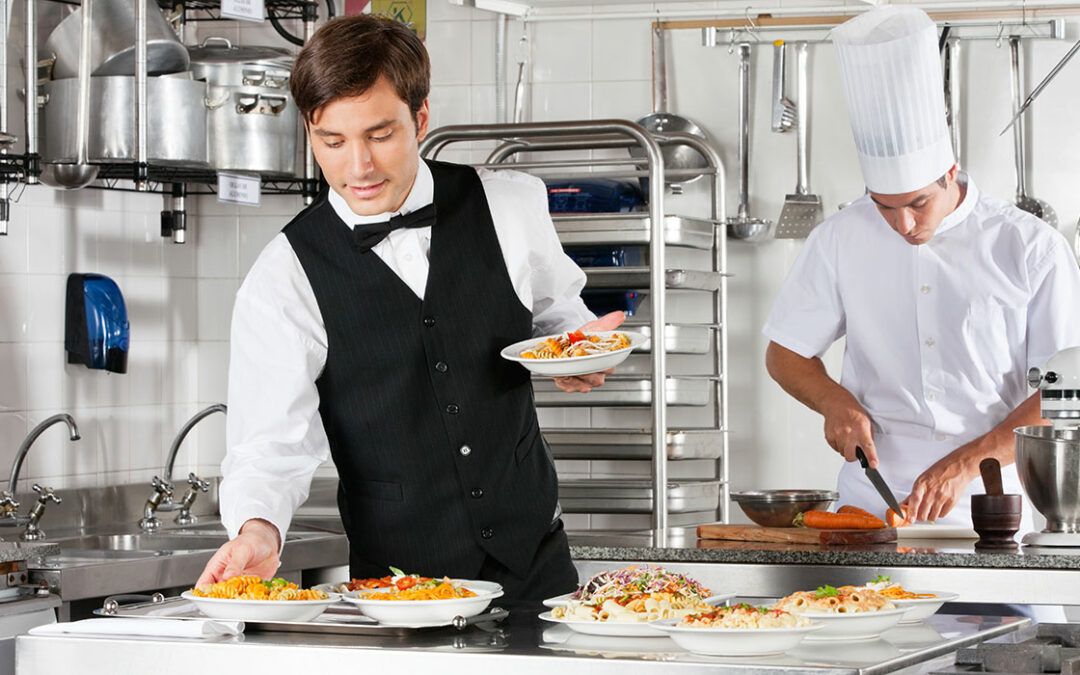It’s happened to everyone in restaurant management. You arrive 10 minutes early, walk into the restaurant and immediately, without so much as lifting a pencil, find yourself already an hour or two behind because of the lousy close during the previous shift. What’s more, you know, as the day wears on, you’re going to uncover other issues, keeping you there even longer.
Sound familiar?
It’s easy for one manager or several employees to overlook key tasks required for a successful close — and a successful close means a successful opening the following day. What you need is a system of well-defined checks and balances to address the tasks. You need to adopt a “close-to-open” philosophy. Here’s how to get it started:
Analyze and Define
List each job position by category and add one for restaurant management. Then look at tasks that would make the following shift’s opening easier. Ask yourself: “If an employee fails to report, which tasks in his or her position could already be done for a smooth open.”
Implement
Once your open-to-close lists are complete, it’s time to implement them for each position. Ignoring close-to-open will have a negative impact on the environment you’re responsible for creating as the restaurant manager. After all, it’s demoralizing for any employee to feel he or she is cleaning up someone else’s mess or doing someone else’s job.
A key to the philosophy’s success is the consistency with which it’s executed. You and your employees must follow through on individual responsibilities every shift. If one dishwasher is allowed to skate one shift, it will encourage the next person to skate on something else, causing the system to break down. The typical excuse: “It wasn’t set up for me!”
Review
Communication and follow-through from employee to employee and from manager to manager must occur regularly. Any items that get missed, no matter how small, must be addressed. The critical steps to getting this process under way are:
- Getting the close-to-open tasks down on paper.
- Involving employees in the creation of the standardized system.
- Explaining the benefits to the staff.
- Walking the next shift manager through the entire restaurant, discussing the current shift and reviewing expectations for the next shift.
- Following up on everyone’s close-to-open tasks.
Constant and consistent follow-up will lead to permanent, positive behavior changes from your managers and your hourly employees. You’ve installed a series of checks and balances. As employees pick up and complete tasks they are responsible for, you’ll never enter the restaurant facing surprises due to the previous shift’s shortcomings.
Get More Restaurant Management Tips
The restaurant management section of our blog is dedicated to helping you meet your leadership goals. Check it out!





